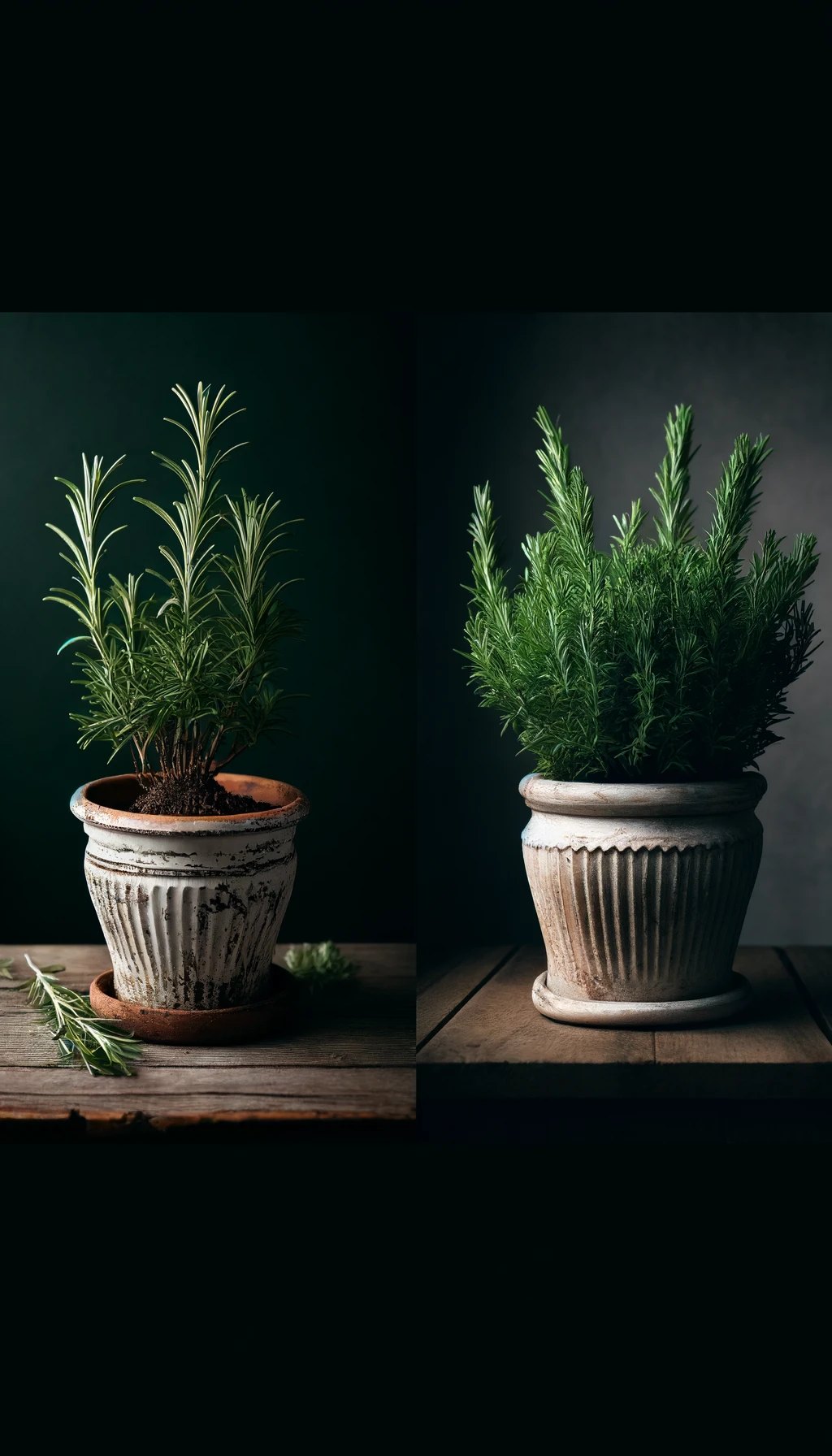
Rosemary, scientifically known as Rosmarinus officinalis, originates from the Mediterranean and is an aromatic shrub primarily cultivated for culinary purposes. Additionally, it finds applications in pharmacology, homeopathy, and various other natural therapies.
While many people are aware of these uses, it’s crucial to emphasize that the growth and longevity of a rosemary plant depend on proper care. In this guide, discover how gardeners and green-thumbed experts cultivate rosemary in pots, ensuring its vitality for over a decade and savoring its delightful flavor continually.
Rosemary in a Pot: Tips for a Long-Lived Plant
The key to sustaining rosemary for many years in a pot lies in replicating its natural environment. Regularly transplanting the plant from one pot to another, with proper care, strengthens its root system.
Another equally important aspect is selecting the right pot. A spacious and well-drained pot is essential. The pot’s diameter should incrementally increase to provide more space for the roots. Drainage holes prevent water stagnation, which can lead to root rot.
The plant should be repotted every 2 or 3 years to prevent root overcrowding, ensuring the herb’s healthy growth. Spring is the ideal time for this process as the plant activates its growth cycle during this season.
Post-Repotting Care for Rosemary
After settling the plant in the pot, attention turns to natural fertilizers to enrich the soil. Compost is an excellent choice, and occasionally adding peat or perlite aids drainage, maintaining adequate soil moisture.
The best time to fertilize is during the flowering period. For a thriving plant, use liquid fertilizer from April to September, applying it once a month.
Remember that rosemary thrives in well-drained soil and should not be placed in overly moist conditions. While it tolerates various conditions, excessively wet soil can harm it irreversibly. Monitor soil moisture levels and water the plant only when the top 2 or 3 centimeters of soil appear dry.
During the colder months, move the potted plant to a sheltered or indoor location to protect the roots from chilly temperatures.
Rosemary prefers calcareous soil, where it thrives longer. Avoid poorly drained soils, such as clayey ones.
With these simple considerations, your rosemary plant can enjoy a long and healthy life.